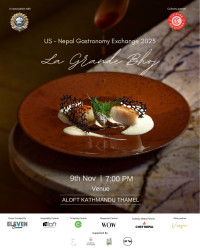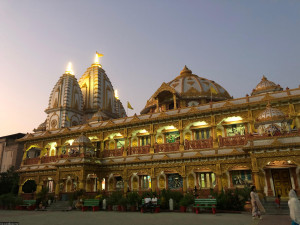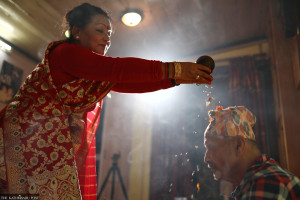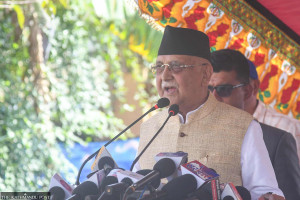Culture & Lifestyle
Keeping the musical legacy alive
‘For me, music is the most beautiful thing created by mankind—a language understood by every living soul,’ says Ajar Jangam.
Anish Ghimire
Step into the music room at Ratna Rajya Laxmi Campus on Pradarshani Marg, Kathmandu, and you’ll find a captivating collection of black and white photographs of renowned singers. Among the instruments, a dusty guitar lies tucked away in its bag, a harmonium rests on a small table, a tabla sits neatly, and a spacious area welcomes students. It is here that Ajar Jangam, a seasoned musician, has been sharing his musical wisdom for almost two decades.
In his teachings, Ajar believes in the multifaceted nature of education, emphasising the importance of psychology in his approach. “If a student yawns in my class, then tomorrow, I teach differently. Students can only learn well when the teacher adapts to the needs of the situation,” he says.
Immersed in a musical upbringing carefully nurtured by his father, Ajar initially identified as a rebel, determined to forge his unique path apart from his family’s rich musical legacy.
Ajar’s father made an indelible mark on the world of music through his compositions like the enchanting song ‘Gajalu Ti Thula Thula Akha.’ Little did he know that his work would set a new benchmark in the industry and create a legacy for his son to follow. Ajar entered this world as the son of the man who crafted lyrics for some of the most popular songs of the time, including ‘Yeti Dherai Maya’ sung by the legendary Narayan Gopal, ‘Lolayeka Ti Thula’, ‘Euta Manchhe Ko Mayale Kati’, and ‘Timilai Ma K Bhanu.’
“I believe I started humming even before I became self-conscious,” reflects Ajar, exuding an easygoing and down-to-earth demeanour.
At the start of his journey, Ajar dabbled in pop and contemporary music, but he failed to captivate audiences with them. The lukewarm response left him uninspired, prompting him to explore the realm of adhunik music—a genre that emerged in the 1950s, drawing influence from folk, classical, Western, and ghazal. “When I began singing ghazals, the audience response was far more encouraging,” he expresses. Since then, the adhunik genre has become his forte.
While fast-paced songs may dominate popular trends, Ajar’s ghazals have taken residence in the hearts of Nepali listeners. Revered tracks like ‘Usko Samu’, ‘Mero Jastai Timro Pani,’ and ‘Aaja Pheri’ have garnered resounding applause from listeners of the genre. His heartfelt tributes to Narayan Gopal resonate deeply with Nepali music enthusiasts and the dedicated fans of the maestro himself.
Nevertheless, his appreciation for music knows no bounds as he delves into diverse genres, including adhunik, ghazal, classical, pop, slow rock, and contemporary music. He names his parents and Narayan Gopal as his biggest source of inspiration. When asked about his affinity for music, Ajar replied, “For me, music is the most beautiful thing created by mankind—a language understood by every living soul.”
Ajar describes himself as a perpetual learner, constantly driven by the desire to explore, discover new horizons, and experiment. In 2013, he completed his master’s degree in music from Tribhuvan University and is presently pursuing a PhD in the same field.
Despite his illustrious career, Ajar acknowledges that the music scene in Nepal has seen little change. As the world evolves every day, the realm of music and its pedagogy remain stagnant in Nepal. However, he refuses to indulge in the blame game, stating, “I don’t like pointing fingers at the government. Instead, I believe in making the most of what we have.”
Indeed, Ajar has embraced this philosophy, garnering numerous awards and honours, including the Narayan Gopal Yuba Sangeet Puraskar (2075 BS), Kantipur National Music Awards—Best Male Singer (2074 BS), and the Natikaji Pratibha Puraskar, among more than 20 accolades received both nationally and internationally.
For aspiring musicians, Ajar emphasises the importance of finding the right mentor and receiving a comprehensive education. A good mentor ensures discipline when deviation tempts the student, while training plays a vital role in mastering the art. “Art is a spontaneous field but if you are dedicated and consistent with your efforts, you will reach great heights,” he explains.
The musician acknowledges the impact of social media on the evolution of music, noting that it has become more inclusive. However, he cautions about its dual nature. When harnessed correctly, social media can propel upcoming artists to new heights. In retrospect, Ajar ponders the missed opportunities of utilising social media’s expansive reach from the early stages of his career. Nevertheless, he carries no regrets, asserting, “While my enthusiasm may have waned slightly, my optimism remains intact,” his face radiating unbridled joy for the art he holds dear.
As the music room at Ratna Rajya Campus buzzes with melodies, Ajar continues to harmonise his rich musical heritage, leaving an indelible mark on the Nepali music scene. From rebelling against his family’s legacy to finding solace in Ghazals, his journey epitomises the transformative power of following one’s passion while staying true to themselves.
Ajar Jangam’s song recommendations:
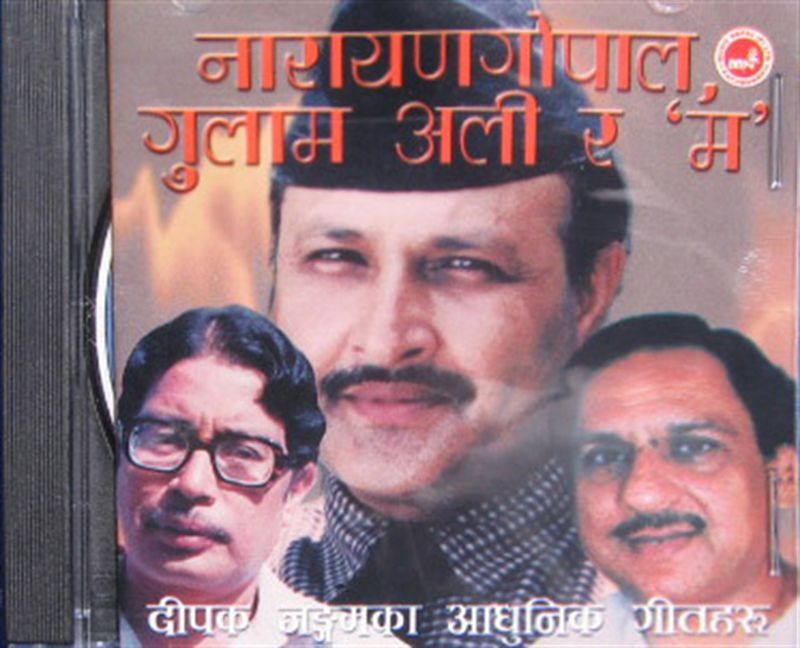
Lolayeka Ti Thula
Artist: Deepak Jangam
Album: Narayan Gopal, Ghulam Ali Ra Ma
I have a deep emotional attachment to this tune. It is my favourite romantic song.
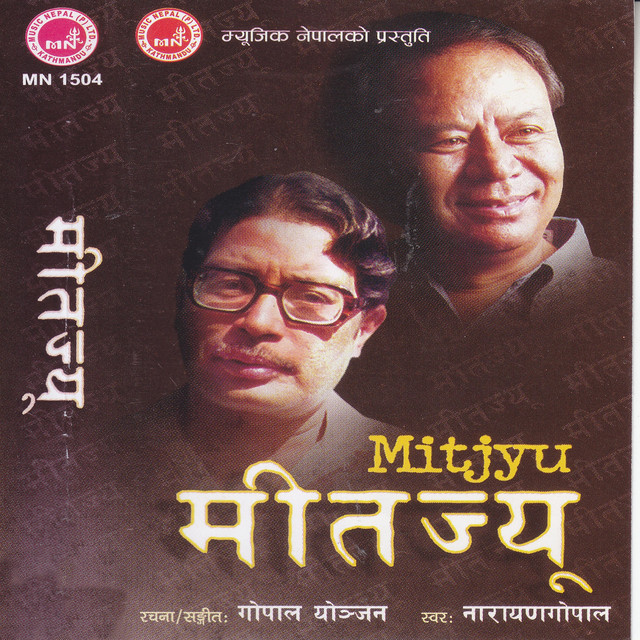
Timro Jasto Mutu
Artist: Narayan Gopal
Album: Mitjyu
When I was younger, I would often sing this song at competitions. It is also my favourite work by Narayan Gopal.
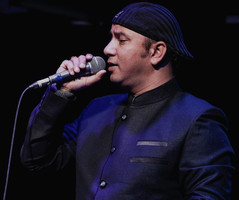
Jindagi Ko K Bharosa
Artist: Karna Das
This is the first song I learned to play on the guitar. I am a huge fan of Karna Das in general.
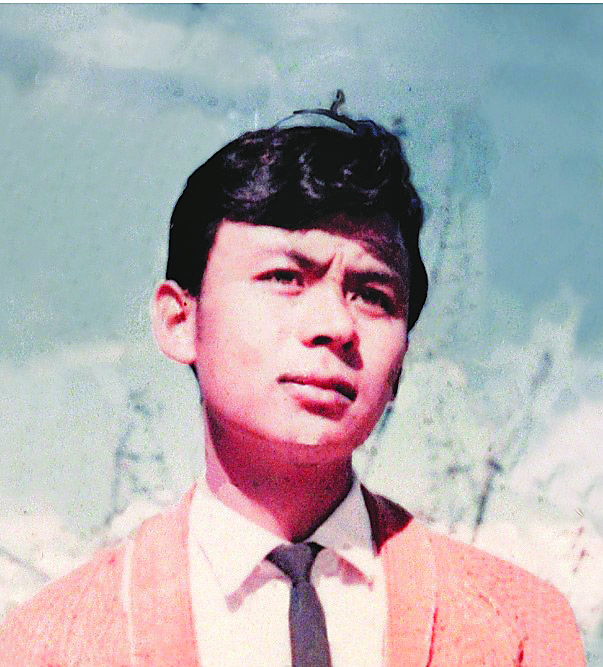
Baneko Chha Paharale
Artist: Gopal Yonjan
Year: 1970/71
A sense of patriotism washes over me whenever I listen to Baneko Chha Paharale. I also love Yonjan’s iconic voice.




 17.12°C Kathmandu
17.12°C Kathmandu



